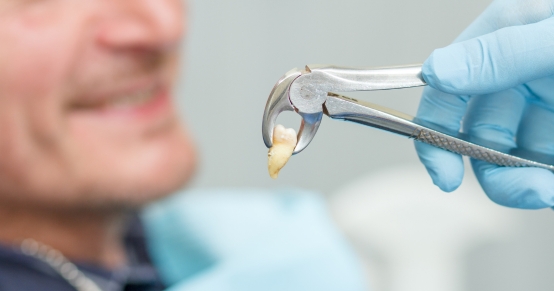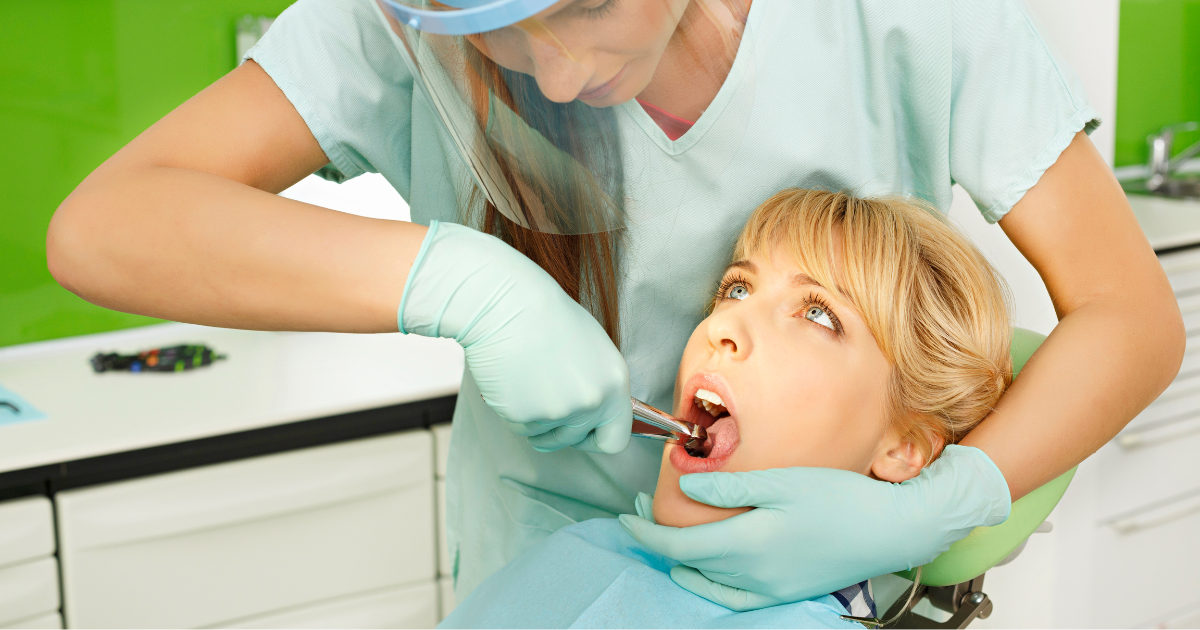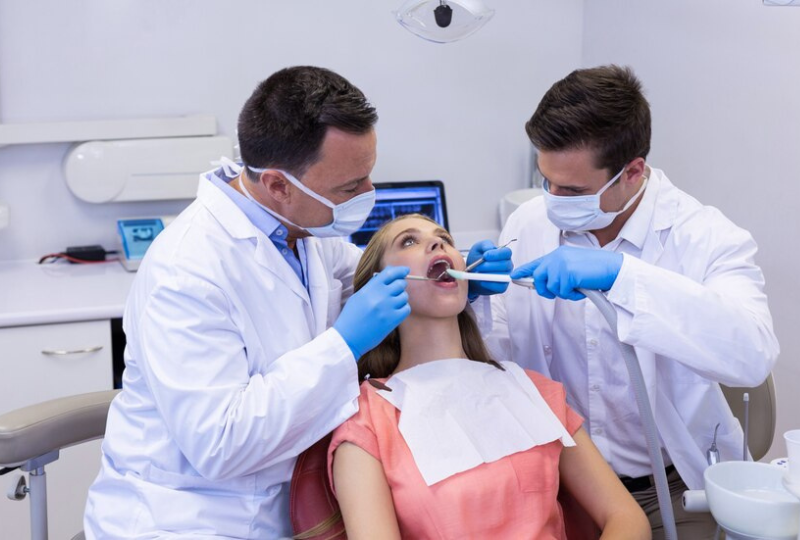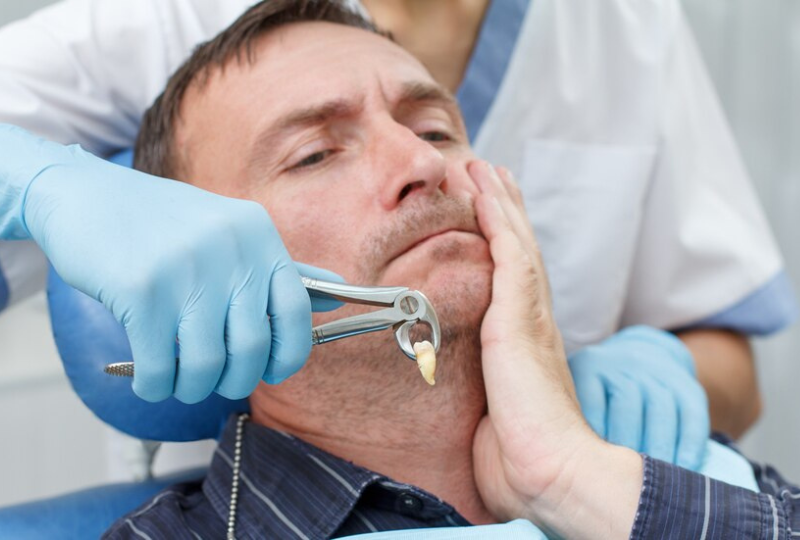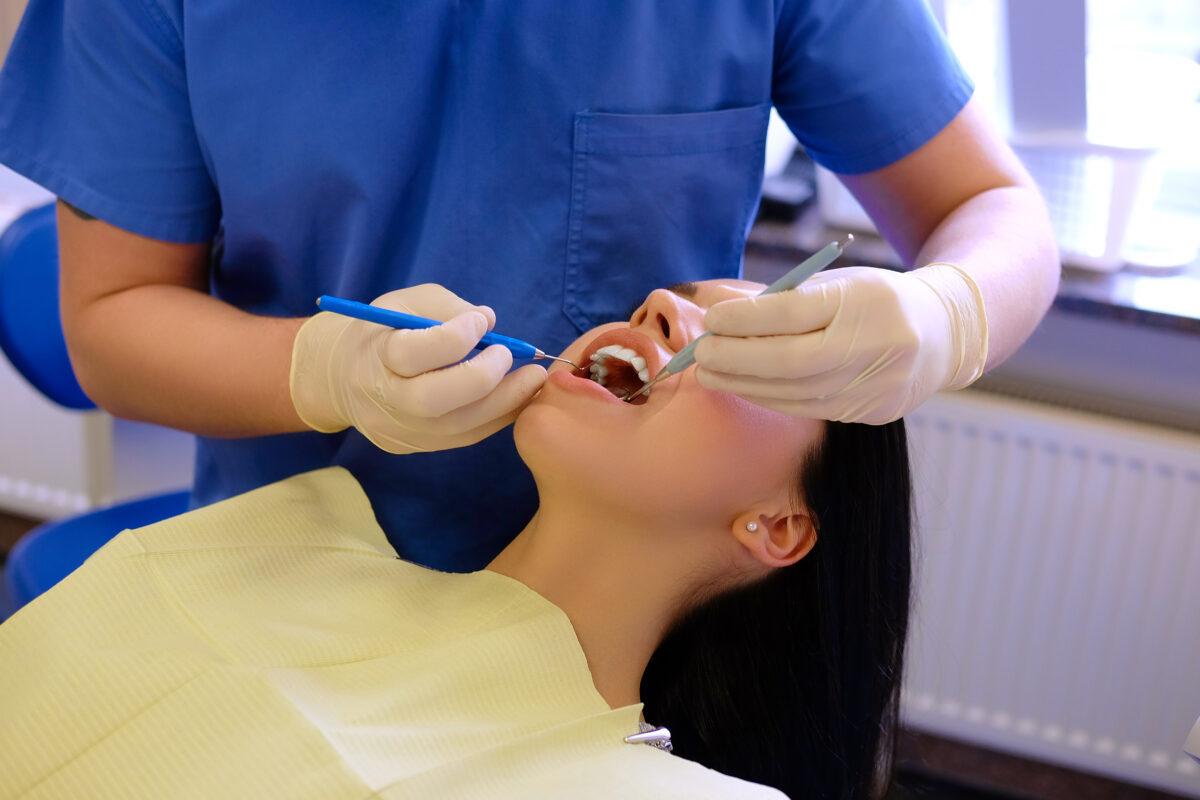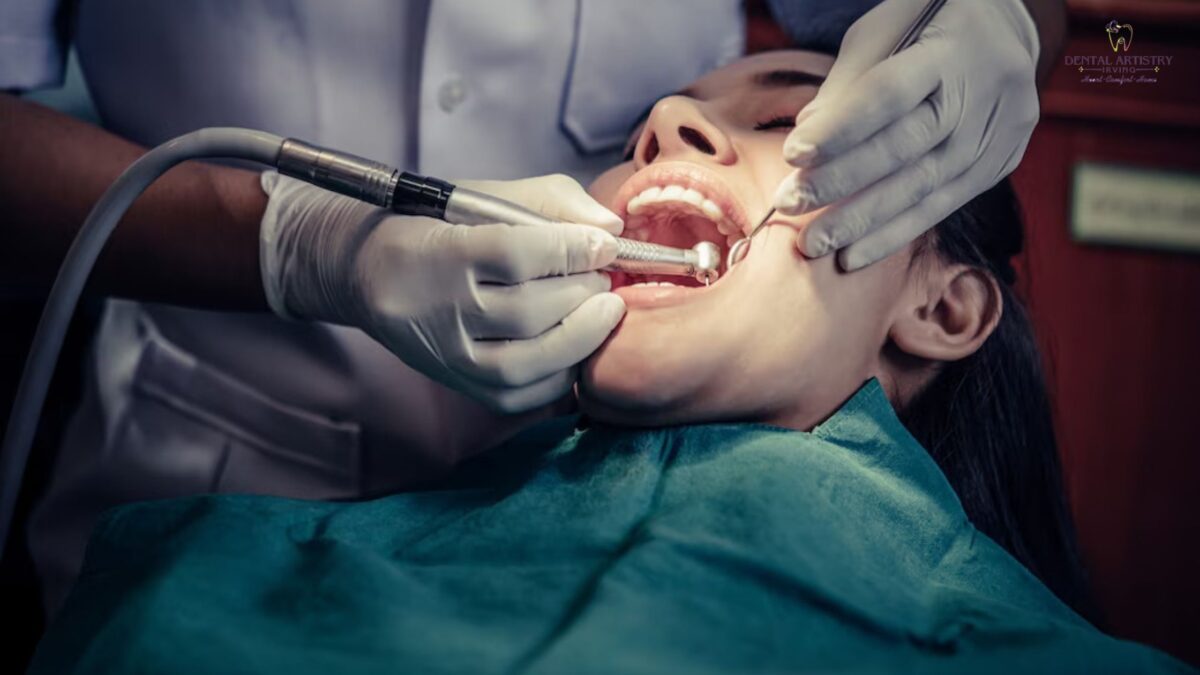When you undergo wisdom teeth extraction, it’s important to manage any pain and swelling that can occur during the recovery period. The first 48 hours are crucial for healing, and knowing how to take care of yourself during this time can make all the difference. Whether you’re having a single wisdom tooth extracted or multiple, proper care will ensure a quicker and smoother recovery. In this blog, we’ll walk you through pain management strategies that will help you handle the discomfort after your procedure.
What to Expect After Wisdom Tooth Extraction?
After your wisdom tooth extraction, it’s normal to experience some pain, swelling, and even mild bleeding for the first few hours. Here’s what you can expect:
- Pain and Swelling: It’s common to feel pain in the extraction area as the anesthesia wears off. Swelling around your cheeks and jaw is also expected within the first 24 hours.
- Bleeding: A small amount of bleeding might occur right after the extraction. You may also notice some bloodstained saliva for the first few hours.
- Bruising: Some bruising of the gums or skin is normal and will go away after a few days.
With the right approach, you can manage these symptoms. However, how you handle these first few days will impact how quickly and effectively you heal.
Pain Management Tips for the First 48 Hours
Pain management is key to a comfortable recovery. Here are some practical tips that will help you manage discomfort:
- Follow Your Dentist’s Instructions: Your dentist will give you pain medication prescriptions. Be sure to take them as directed. This will help control pain and prevent it from becoming overwhelming.
- Use Ice Packs: Apply an ice pack to the outside of your cheek where the extraction took place. Do this for 20-minute intervals with a 20-minute break to reduce swelling and numb the area.
- Rest and Relax: Take it easy for the first couple of days. Avoid strenuous activities, which can increase blood flow to the area and make swelling worse.
- Elevate Your Head: When resting or sleeping, keep your head elevated with extra pillows. This helps reduce swelling and prevents blood from pooling in your mouth.
Food and Drink Tips to Aid Recovery
Your diet will also play a significant role in your recovery after wisdom tooth extraction. Avoid foods that can irritate the extraction site and focus on soft, easy-to-eat options.
- Stick to Soft Foods: Opt for mashed potatoes, yogurt, smoothies, scrambled eggs, and soups. Avoid crunchy, spicy, or acidic foods that can irritate your gums.
- Hydrate Well: Drink plenty of water to stay hydrated. However, avoid using straws as the suction can dislodge the blood clot and cause complications.
- Avoid Hot Drinks: While you might crave your favorite hot beverage, wait until the swelling goes down. Hot drinks can aggravate the area and increase the risk of bleeding.
How to Prevent Complications After Wisdom Teeth Extraction?
While pain management is important, preventing complications is just as crucial. Here’s what you can do to avoid problems in the first 48 hours:
- Don’t Touch the Extraction Site: Avoid touching or poking the extraction site with your fingers or tongue. This can introduce bacteria and increase the risk of infection.
- Be Careful When Brushing: Brush your teeth gently, but avoid the extraction site for the first few days. Keeping your mouth clean will reduce the risk of infection.
- Follow Up with Your Dentist: You will likely have a follow-up appointment within the first week. Make sure you attend to monitor your recovery and address any concerns.
Managing Discomfort Beyond the First 48 Hours
Pain usually starts to decrease after the first 48 hours. However, it’s important to continue managing the discomfort during the following days to ensure full recovery. By day three, most of the initial pain should subside, but follow these steps to stay on track:
- Take Medications as Needed: Continue using over-the-counter pain relievers like ibuprofen or acetaminophen to manage any lingering discomfort. Always follow your doctor’s recommendations for dosage.
- Warm Salt Water Rinses: After the first 48 hours, rinse your mouth gently with warm salt water to help soothe your gums and keep the area clean.
- Avoid Smoking and Alcohol: Smoking and alcohol can hinder the healing process, so avoid them for at least a few days after the extraction.
With the right steps and care, the pain after wisdom tooth extraction should be manageable. The first 48 hours are critical for setting the foundation for a successful recovery. If you notice any unusual symptoms, such as severe pain, swelling, or fever, contact your dentist immediately to ensure everything is healing as expected.
By following these pain management tips and taking it easy, you can make your recovery period as smooth and comfortable as possible. Always consult your dentist if you’re unsure about anything during your recovery process.

